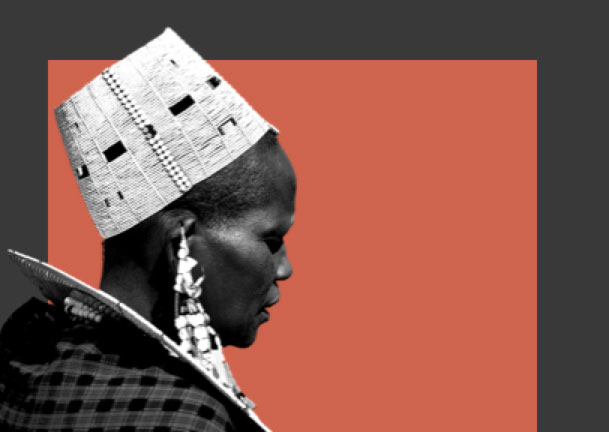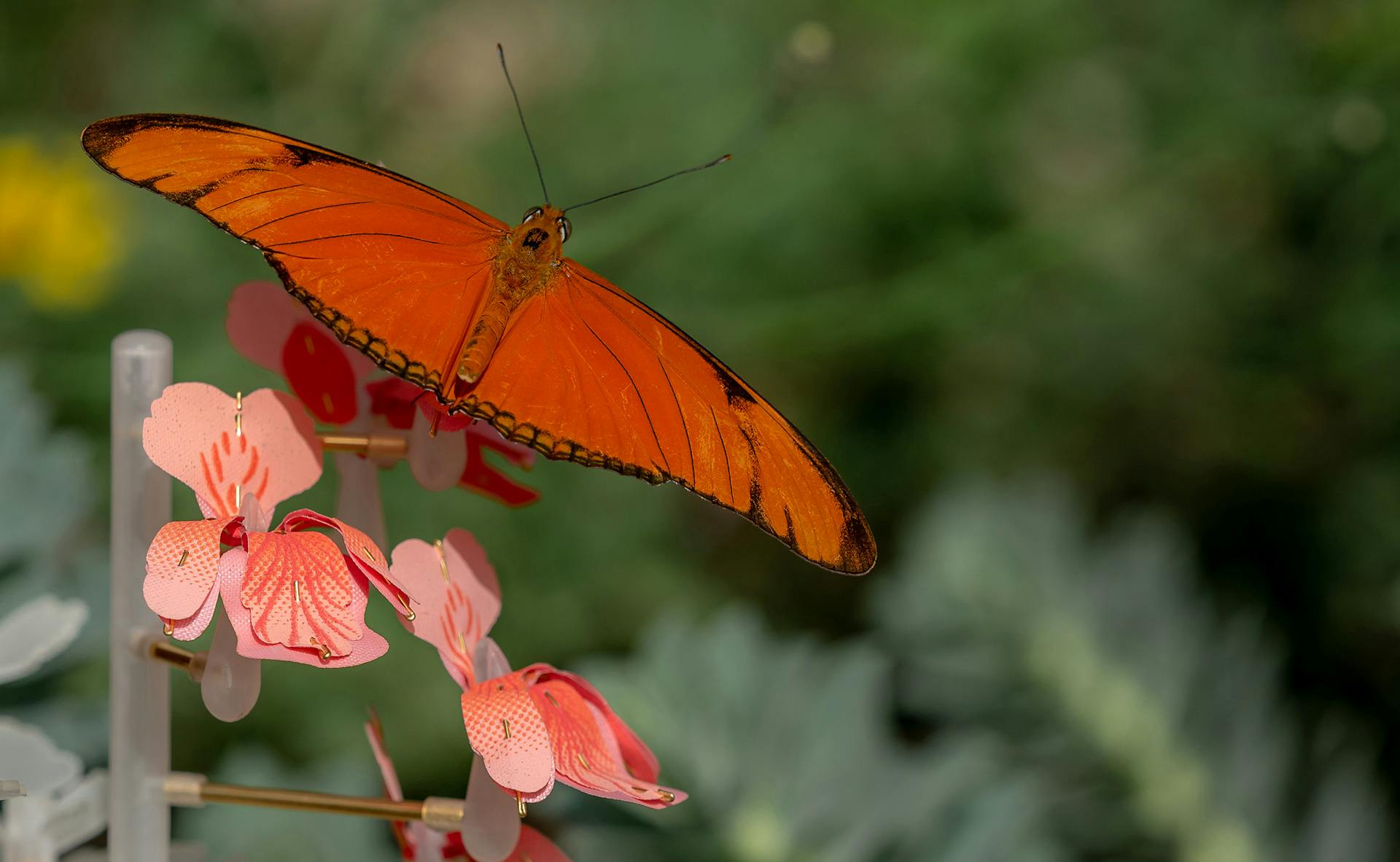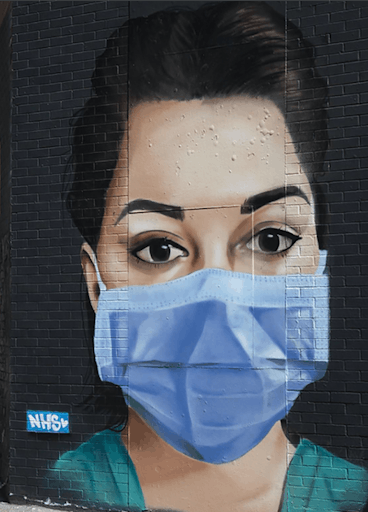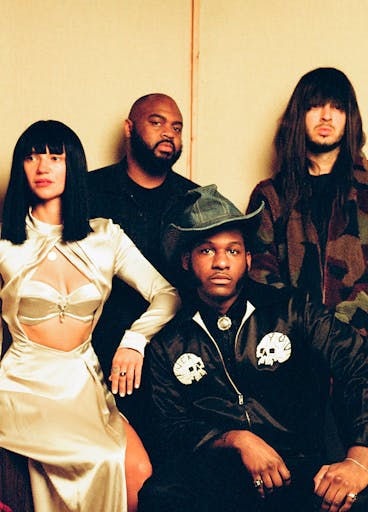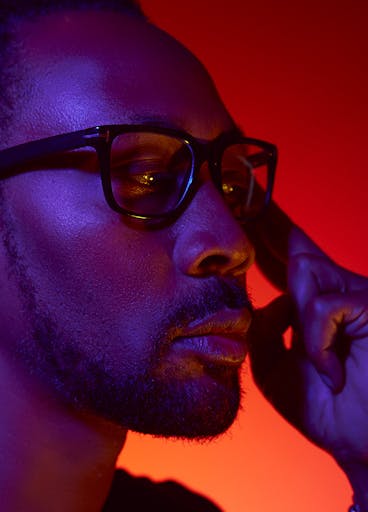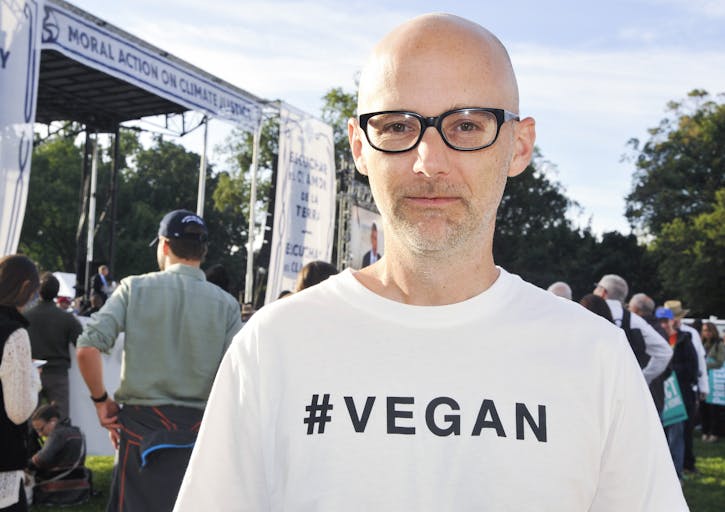The troubling collapse of bee populations worldwide gets more worrisome with every spring. According to BBC News, “Scientists have long suspected that insects are in dramatic decline, but new evidence confirms this. Research at more than 60 protected areas in Germany suggests flying insects have declined by more than 75 percent over almost 30 years.”
Matilde Boelhouwer, a graduate of the Netherlands' Artez Institute of the Arts, decided to do something about it. According to Boelhouwer’s site, designers are “obliged to think about new possibilities and opportunities and show new perspectives instead of only making more beautiful products.”
That obligation drove her to use her design skills in a positive, impactful way. Boelhouwer learned that jeopardized insects often faced a lack of food accompanied by exhaustion. She realized that if she could produce some type of artificial flower that would attract not only bees, but also the other important pollinators of the insect world (hoverflies, butterflies, and moths), these flowers could become a source of nourishment and respite for the insects.
Boelhouwer tapped her artistic talents and worked with entomologists to determine which design elements and other attractants would entice insects to feed at these auxiliary stations. This collaboration of art and science, according to an article in Fast Company, resulted in the production of artificial flowers that can be used repeatedly in urban areas.
Boelhouwer continues her mission from her studio, where she hopes to make people understand the importance of nature while also raising awareness of new ideas and solutions. Her recent creations include insect terraria and sweets made from insects.

